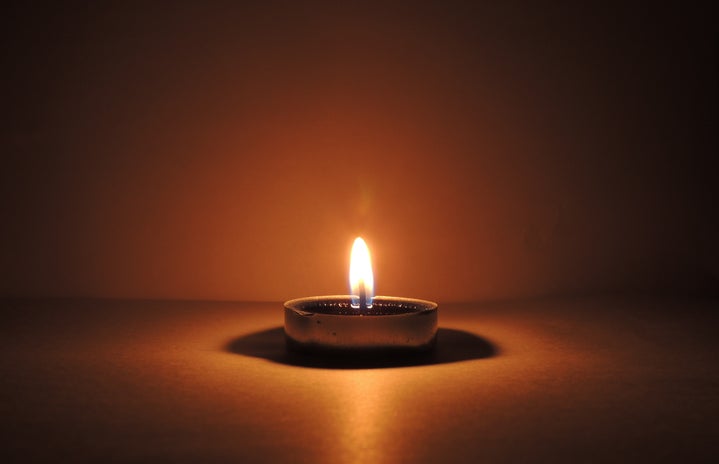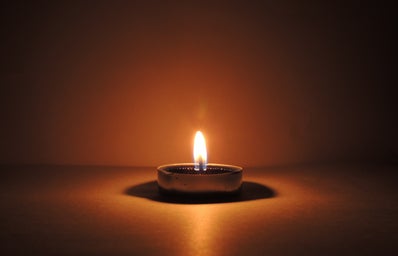Around the world, depending on where a baby is born, there may be certain rites of passage in different stages of its life. In my country, Egypt, of course, there is the Aqeeqah for Muslim babies and the Baptism for Coptic babies.
Putting those traditions aside, there is a birth ceremony that goes back thousands of years, back to the time of the pharaohs. It is called the Sebou.
What is the sebou?
The word Sebou literally means “the seventh” in the ancient Egyptian language. It got its name because the number seven is significant in this ceremony. For example, the Sebou takes place when a baby is seven days old.
Usually, the baby would be wearing a long white dress, and placed in a sift that is covered with a white round cloth (ghorbal).
The baby would be carried around the house, so the baby would get to see where it lives. People would hold candles nearby. Don’t forget the salt sprinkled around the house!
After the baby in the sift is put down, the mother steps over the baby seven times, which is said to ward off evil spirits. Meanwhile, an older woman would use a mortar and pestle to create loud sounds on purpose.
This part is the most interesting. I call it a “boot camp” because these loud sounds are supposed to prepare the child for loud sounds. That way, the likelihood of a child getting scared of sounds decreases by a lot.
People would chant and sing special songs related to the Sebou, too. With all of this combined, it is pretty chaotic for a week-old baby, but in a fun way! It all comes to show that the baby is surrounded by loved ones who appreciate them.
The Sebou is a big deal, and parents spend a lot of money to make this event special for their baby. There are even stores, like in downtown Cairo, that are dedicated just for Sebou supplies and decorations.
My experience with the sebou
Usually, next to the baby’s crib, there is a special toy. In my case, I was given a doll with golden jewelry. Next to the toy, there is a plate with pita bread and seven types of beans.
Everyone’s Sebou experience is different from my own, so I can only speak for myself. I remember that my doll looked very similar to me with brown hair and brown eyes. My mom initially wanted just a doll, but it was my dad’s idea to make it represent me. When I learned of this later on, I was very appreciative.
Even though the actual Sebou is with just family, there are small and round boxes for extended family and friends, as party favors. These can be a little bit comparable to party favors. In these boxes, there were little treats like chocolates and Jordanian almonds, for example.
My parents specifically picked boxes that represented my heritage, meaning special designs that are on the lid. I personally had two different designs: one of them was African, and the other was Asian. Usually, a guest would get one design or the other.
Each box had a golden ribbon. One side was my full name and birthday in English. The other side was the same thing but in Arabic.
The Sebou’s importance
Egypt has been conquered many times, from the Greeks and Romans to British colonial times. Therefore, it is really easy to assimilate into new cultures and forget traditions. Egyptians would never give up on their past, though. Our culture is unique, and the plan is for it to stay that way.
The Sebou is an example of an ancient tradition that has survived through thick and thin for thousands of years. Hopefully, for the next thousand years, this tradition will still persevere in Egyptian babies. I have faith that it will continue.


